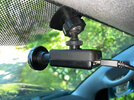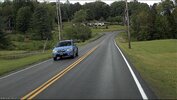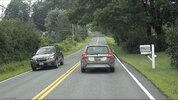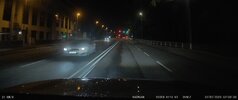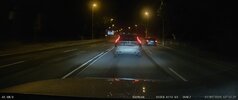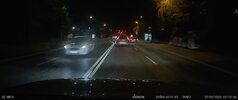Dashmellow
Well-Known Member
- Joined
- Sep 22, 2013
- Messages
- 18,318
- Reaction score
- 18,950
- Location
- Uncanny Valley (●_●)
- Country
- United States
- Dash Cam
- Umpteen
If that is correct then my statement is not true. LOL
Have a CPL filter sitting on my old DOD dash cam, which won't be coming home until late next week, but never observed any major light loss when I put it on. Maybe it should be peeled off now ?
You may not have noticed any "major light loss", because the camera will compensate for the CPL with a slower shutter speed so you actually won't see much of any light loss but if you compare images made with and without the CPL you will observe an increase in motion blur, especially in lower light settings. This is simply the way the physics of light and dash cameras work.
Peeled off? How have you got the filter attached to your lens?

